- Joined
- Aug 29, 2003
- Messages
- 15,808
A couple of things about the fire chart seem counterintuitive: one... that there is no such thing as diamond with OK fire and low brilliance. There seem to be some, or then the look I have in mind may not be explained by the way this fire metric is modeled.
Otherwise, I wonder if the relation between fire and brilliance really is so strong then why bother measure them separately anyway?
I never took those pictures and overlaid them for real... But that funny idea and seeing them done so brings a question: it may be that technically there is no trade-off between the ability to generate fire and brilliance, but it doesn''t seem that these properties play out in the same conditions - which does, may be a matter of how strong and what sort of light source is there. Which probably sounds like a useless observation, but leads me to believe... that evaluating how fiery a cut is can be considered (sufficiently) equivalent with evaluating how good light return is in the light conditions that make fire show rather than white light return. Gibberish? Oh well...
Otherwise, I wonder if the relation between fire and brilliance really is so strong then why bother measure them separately anyway?
I never took those pictures and overlaid them for real... But that funny idea and seeing them done so brings a question: it may be that technically there is no trade-off between the ability to generate fire and brilliance, but it doesn''t seem that these properties play out in the same conditions - which does, may be a matter of how strong and what sort of light source is there. Which probably sounds like a useless observation, but leads me to believe... that evaluating how fiery a cut is can be considered (sufficiently) equivalent with evaluating how good light return is in the light conditions that make fire show rather than white light return. Gibberish? Oh well...

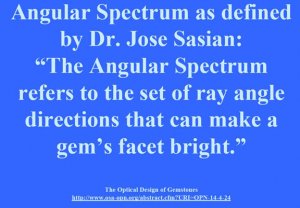
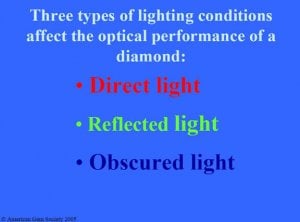
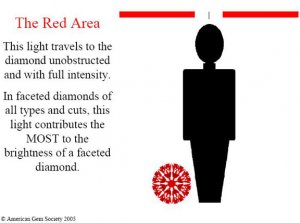
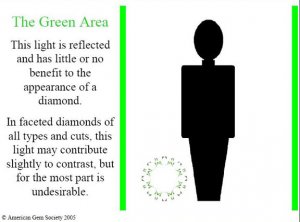
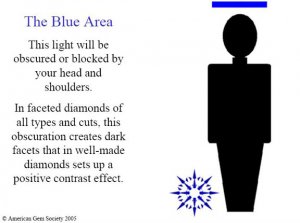
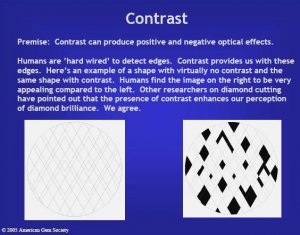
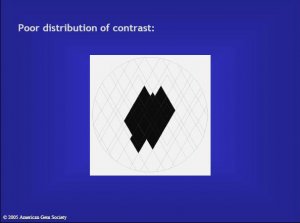
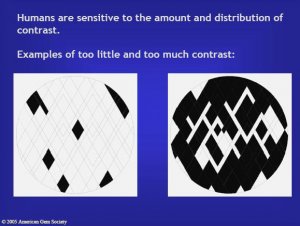
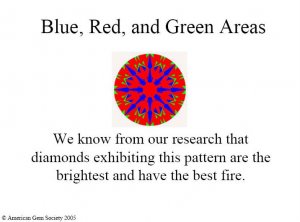
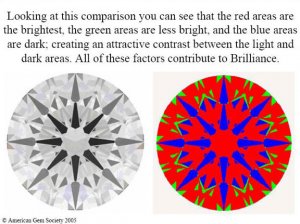
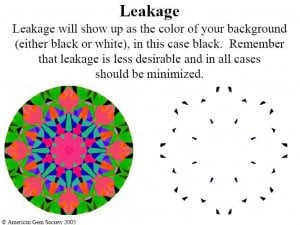
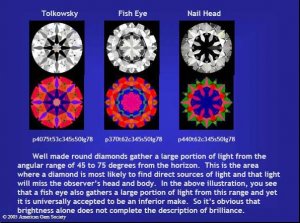


300x240.png)